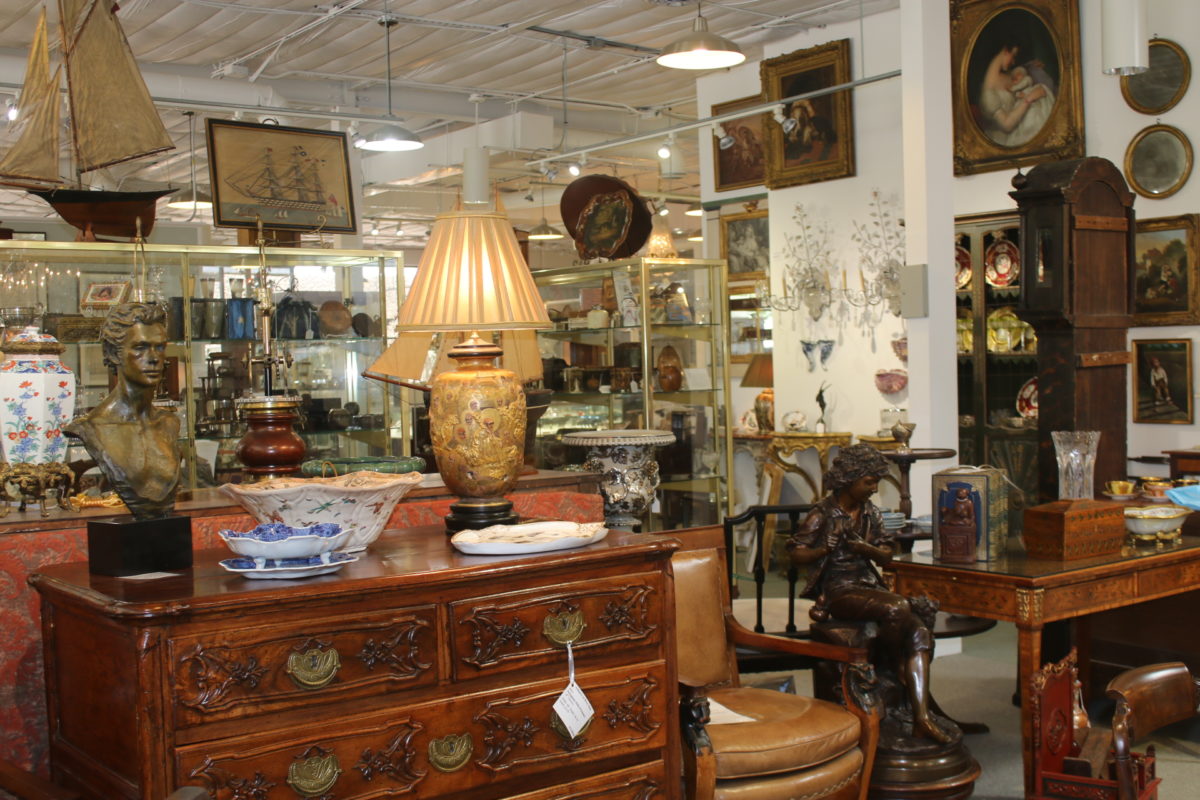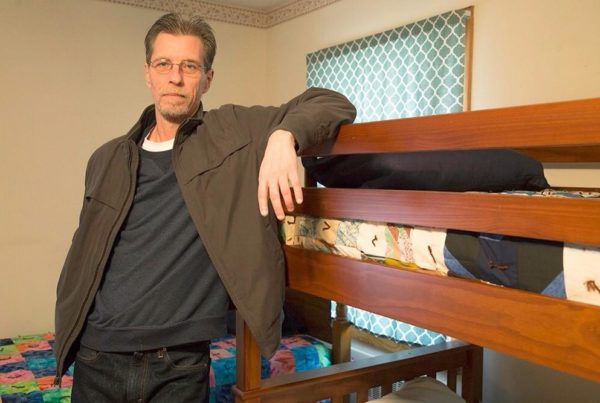People between the ages of 20 and 36 have one thing in common: they’re lumped into what has been dubbed the “millennial generation.”
A year ago, millennials surpassed baby boomers as the largest living generation; making them a driving force behind trends in shopping.
But it’s what millennials are not buying that caught our attention.
David Lackey is an appraiser, who has regularly made appearances on PBS’ “Antiques Roadshow” since the early 90s.
I visited Lackey at his shop, in Houston’s upscale River Oaks area. He tells me the market for antique furniture is down.
“Traditional English and American furniture, overall, has fallen maybe 50 percent to 75 percent. But within every category, there are exceptions,” he says. “There are half as many antique shows in Houston as there were 20 or 30 years ago.”
The Financial Times has reported recent figures even show prices for high-end antique furniture plummeted 28 percent over the span of a decade.
Lackey says a couple of factors contribute to the drop. One is the Internet. Antique buyers can more easily shop around for lower prices, and items are more accessible. But another factor: millennials who may not have inherited a love of antiques.
“I go into more estates [and they’re] selling a lot of their stuff; they say their kids and grand kids do not want it. They made it very clear,” he says. “The younger generation, for the most part, is not very interested in formal candle-like suppers…. They don’t want silver, china, crystal, because they don’t intend to entertain that way.”
I visited with Greg Nolte, one of the owners of Gen’s Antiques, in the Heights. His shop has been open for 14 years, and he says shifting trends greatly affect his industry.
“The brick-and-mortar stores are suffering,” he says. “Our industry, in particular, is stuff you need to touch and feel, and know about: it’s very hard to sell online.”
Nolte also says the Internet has narrowed the items millennials are interested in.
“They have more access to information. The pieces that were mass produced are of less desire to them. For example, Waterford crystal they’re no longer interested in; it’s carried on QVC,” he says.
And the days of paying big bucks for old armoires may be gone.
Marie Flanigan is an award-winning interior designer, based in Houston. She says her younger clients appreciate a cleaner aesthetic.
“I would say there has been a shift away from antiques in a traditional sense,” she says. “The younger generation is looking for clean, chic, modern…. They care less about the idea of using a true antique, and are more into the idea of the overall look and the end result.”
I headed over to Montrose, and talked with 23-year-old Asheray Garcia. She lives with her parents in Spring. Even though she likes the idea of having antiques, she says it’s not feasible.
“The reason why I don’t have many antiques is one: I don’t have own place. So I can’t decorate how I want it to be. And I don’t get that much money in paychecks. So, I can’t really afford it,” she says.
According to the Pew Research Center, millennials are living with their parents longer than the baby boomers did. Millennials also entered the workforce during the Great Recession of the late 2000s.
Twenty six-year-old Rachel Hernandez is a manager of a vintage clothing store on Westheimer. For her, old is fine in clothes, but antiques miss the mark.
“Antiques, these days, we feel are overpriced, maybe…. So spending a couple hundred for something that my grandma has doesn’t work. It’s not where it’s at,” she says.
Twenty eight-year-old Jet Finley has worked as a stylist for music videos. He thinks antiques are like any other trend. It’s out now, but he says style is cyclical.
“I think a lot of people are afraid of antiques, because they’re so modernized now,” he says. “Fashion is pretty much a cycle….and they’re going keep on coming around, no matter how much you try and get rid of them.”
Antique dealer David Lackey agrees.
“Yes things will change in the future…. A lot of things will come back,” Lackey says. “Someday, the millennials may be horrified when their children might want mahogany furniture, doilies, and figurines. They might just think, ‘It’s horrible. Why would you want that?’”















